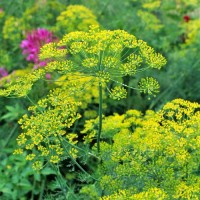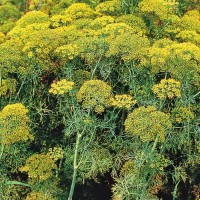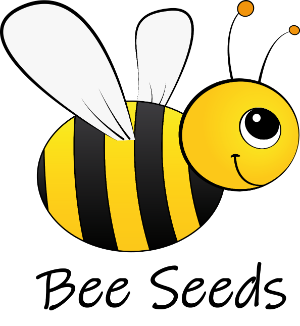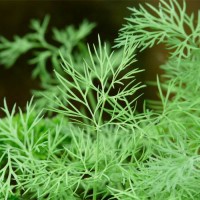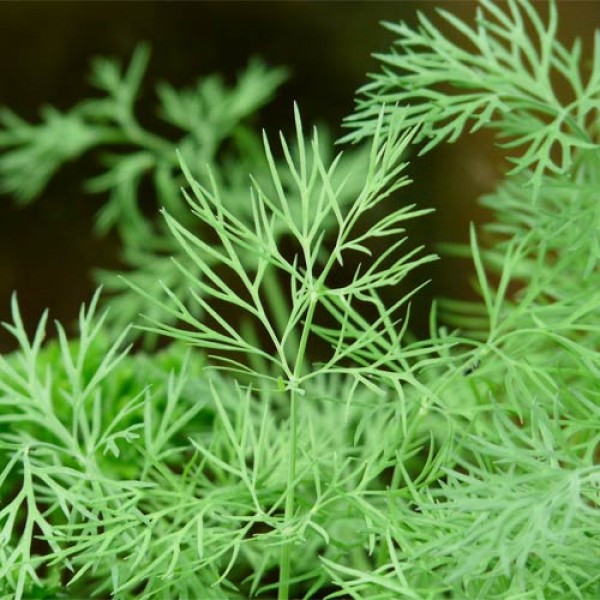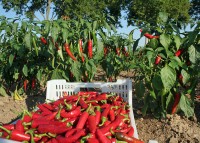Growing your own dill
Growing your own dill
Dill is an aromatic and very popular herb that is often used with cucumbers or in fish dishes. Dill belongs to the umbellifer family and its foliage is very pinnate. Dill is an annual plant. The yellow flowers and seeds are popular for pickling cucumbers and thrive very well next to cucumbers in the garden.
Tips for sowing dill in your own garden
Location
Just like basil, dill prefers a nutrient-rich soil. The soil should also be loose and water-permeable. The better prepared the soil, the higher the yields. Also choose a full sun location for dill. The bright light promotes growth and the production of essential oils.
Sowing
You can start sowing directly outdoors in April at 15 - 20 °C. To do this, you should loosen the soil well, as dill does not tolerate compacted soil. We recommend regular sowing so that you can always harvest fresh dill. Make a groove in the prepared sowing bed and distribute the seeds evenly. Dill needs up to three weeks to germinate. Because of the danger of fusarium rot, you should not sow it in a place where dill has already grown before.
Carrots, cucumbers and lettuce are ideal neighbours for dill. Also beetroot and cabbage go well with this tall herb.
Care
Make sure to provide dill with sufficient moisture. Fertilising during the season is not necessary, but weeding is.
Flower
Many herbs become inedible when they begin to flower. But this is not the case with dill. It is still edible even though it has flowered.
However, the flowering still affects the herb:
- The aroma decreases in the dill tips.
- The blossoms make the herb drier (more is needed to obtain tasty seasoning)
- Consistency becomes harder
- Flowering weakens the growth of the plant
Dill needs a full sun location to thrive and produce a lot of essential oil, which gives it its unique flavour. The disadvantage is that sunlight also encourages flower formation. However, if dill is placed in a more shady position, you will get less aroma. With full sun, you can expect a full dill aroma for at least a few weeks.-Without full sun, you have to do without it and the dill will not grow luxuriantly. For this reason, it is always the smarter decision to accept flowering.
Protection from pests ans diseases
Dill can be attacked by aphids, which is very common after germination. Fusarium wilt and cone blight can also occur. From time to time, dill is also attacked by viral diseases such as cucumber mosaic virus. You can prevent this by taking a break from cultivation of at least four years in the same place.
Harvest
From a growth height of 15 cm, you can harvest the dill regularly. Cut off as much of the dill tips as you need. If the dill is over 30 cm tall, we recommend cutting it off completely and storing it (see below for tips).
Store
Dill is much less sensitive than basil, for example. Although it is at its best when fresh, it is one of the herbs that can be stored well.
- Freshly harvested and washed, dill will keep for up to three weeks wrapped in beeswax sheets or stored in a clean screw-top jar in the refrigerator.
- Cut dill into small pieces and freeze it, so you can use it again and again for seasoning.
- Drying dill in the fresh air, tied into bunches and hung upside down is also a great way to preserve dill.

